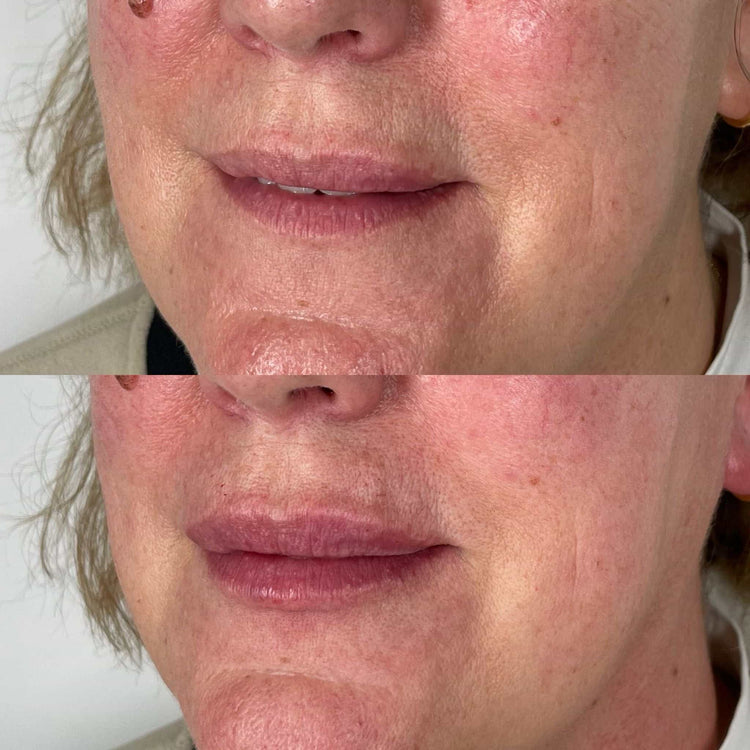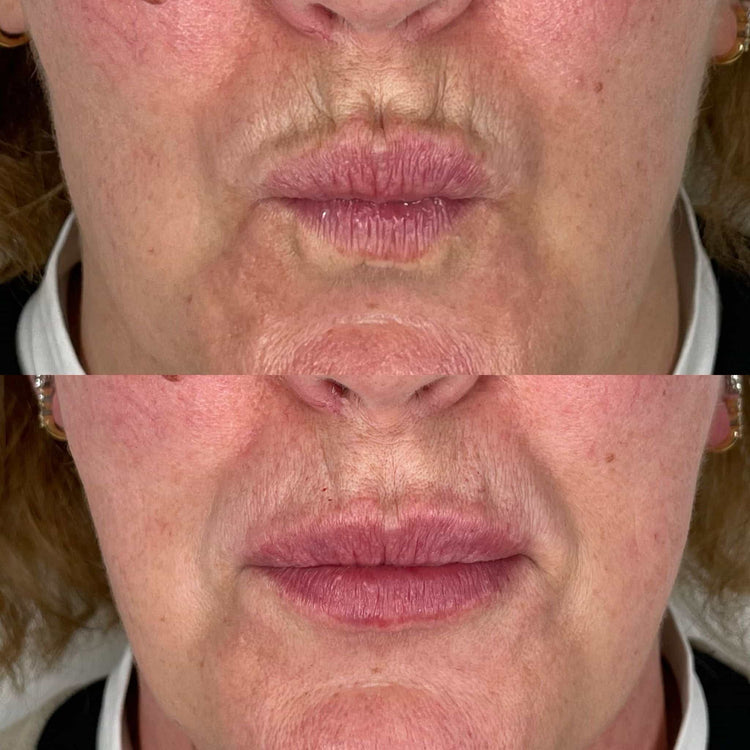Common Side Effects

Dermal fillers are popular for their ability to smooth wrinkles, enhance lips, and add volume to different areas of the face. However, like any medical procedure, they can come with potential side effects. Understanding these common side effects and taking steps to minimize risks is essential for a safe and successful experience.
Temporary Reactions
Dermal fillers are popular for their ability to smooth wrinkles, enhance lips, and add volume to different areas of the face. However, like any medical procedure, they can come with potential side effects. Understanding these common side effects and taking steps to minimize risks is essential for a safe and successful experience.
- Swelling
- Redness
- Bruising
- Tenderness
- Itching
- Lumps or bumps
These side effects are usually temporary and resolve within a few days to weeks.
Long-Term Potential Concerns
Dermal fillers are popular for their ability to smooth wrinkles, enhance lips, and add volume to different areas of the face. However, like any medical procedure, they can come with potential side effects. Understanding these common side effects and taking steps to minimize risks is essential for a safe and successful experience.
- Swelling
- Redness
- Bruising
- Tenderness
- Itching
- Lumps or bumps
These side effects are usually temporary and resolve within a few days to weeks.
While generally safe, there are some long-term potential concerns associated with dermal fillers.
- Migration:
- Vascular occlusion:
- Permanent lumps or scarring:
It’s crucial to choose a qualified and experienced injector who uses high-quality filler products and follows proper injection techniques. Regular follow-up appointments with your injector are also important for monitoring your results and addressing any potential issues.
Minimising Risks
Dermal fillers offer a popular route to smoother wrinkles, fuller lips, and enhanced facial volume. However, as with any medical intervention, there are potential side effects that warrant careful consideration. Understanding these common occurrences and implementing strategies to minimize risks is paramount for ensuring a safe and successful outcome.
Choosing a Qualified Practitioner
Choosing a qualified practitioner is essential for minimizing the risks associated with dermal fillers. A highly skilled injector understands the nuances of facial anatomy, filler types, and injection techniques. They will assess your individual needs and goals, recommend appropriate filler options, and administer the injections with precision to minimize complications.
Look for a practitioner who is board-certified in a relevant medical field, such as dermatology or plastic surgery. Check their credentials, experience, and patient testimonials. Don’t hesitate to ask about their training and qualifications in dermal fillers. It’s also important to choose a clinic that prioritizes safety and sterilization protocols.
Understanding Your Medical History
Understanding your medical history is crucial before considering dermal fillers. Certain health conditions or medications can increase the risk of complications or affect the filler’s outcome. Inform your injector about any allergies, bleeding disorders, autoimmune diseases, or skin conditions you have.
Be transparent about any medications, supplements, or herbal remedies you are taking, as some can interact with dermal fillers.
Providing a complete medical history allows your injector to make informed decisions regarding the type of filler suitable for you and to take necessary precautions to minimize potential risks.

Pre-Treatment Preparation
Pre-treatment preparation is essential for minimizing risks associated with dermal fillers.
Thoroughly review your medical history and disclose any relevant information to your injector. This includes allergies, bleeding disorders, autoimmune diseases, skin conditions, current medications (including supplements and herbal remedies), and previous filler experiences.
Follow your injector’s pre-treatment instructions carefully. This may include avoiding aspirin or blood thinners for a certain period before the procedure, as they can increase bleeding risk.
Be sure to arrive at your appointment well-hydrated.
Post-Treatment Care Instructions
Post-treatment care is crucial for optimal results and minimizing potential complications following dermal filler injections.
Follow your injector’s specific instructions carefully, as they may vary depending on the type of filler used and the treated area.
Generally, it is recommended to avoid strenuous activity, excessive sun exposure, and facial massage for a few days after the procedure.
Applying ice packs to the treated area can help reduce swelling and discomfort.
If you experience any signs of infection, such as redness, warmth, or drainage, contact your injector immediately.
Regular follow-up appointments with your injector are essential for monitoring your results and addressing any potential issues.
Following Up with Your Provider
Following up with your provider after dermal filler injections is crucial for ensuring a successful outcome and minimizing potential complications.
These follow-up appointments allow your injector to assess the placement of the filler, check for any adverse reactions, and address any concerns you may have.
If you notice any changes or experience any unusual symptoms after the procedure, such as persistent swelling, redness, pain, or lumps, contact your injector immediately.
Prompt communication with your provider enables them to take appropriate action, if necessary, to minimize potential risks and ensure optimal results.
- Will Retinol Get Rid Of Smokers’ Lines? - June 30, 2025
- The Side Effects Of Dermal Fillers And How To Minimise Risks - June 18, 2025
- Where To Buy THC Soda Legally In The US And Canada - June 2, 2025
